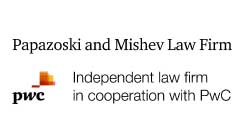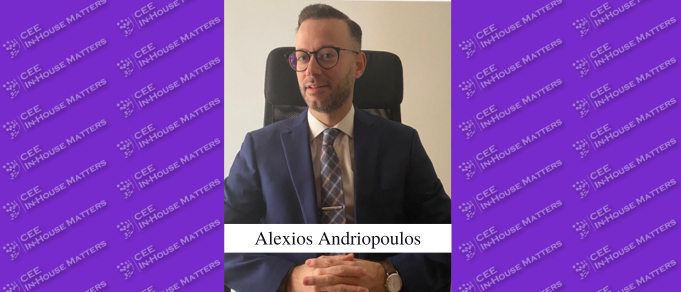M&A activity in Serbia finally showed some positive trends in 2022, despite high inflation and supply chain challenges. During the first three quarters of 2022, the Serbian M&A market has performed well, given the current economic environment, and was primarily defined by deals in the energy and real estate sectors, the IT industry, and further consolidation of the banking sector.
Generally, once the first effects of the war in Ukraine were felt on the European markets, M&A activity levels in Serbia started to trend down but, as expected, with the approach of the year-end, buyers are looking to finalize their contemplated deals despite the weakened economic growth.
With respect to new M&A deals, the biggest obstacle seems to be the gap between the seller’s and buyer’s perspectives on the target’s value. While the sellers expect to receive a consideration based on the target’s value as of the end of 2021, the buyers seem to request a revaluation that would take into account the current circumstances. In my opinion, this may result in these transactions spilling over to 2023 when the status of the relevant markets is likely to be clearer. In such a case, a lower risk aversion of the buyers and higher deal activity could be expected.
How these predictions play out depends on the development of the geopolitical situation and its effects on the relevant markets, including the cost of capital. Also, as the Serbian M&A market largely depends on the transaction appetite of foreign investors, the economic climate in the countries of Western Europe (and the rest of the world) will most certainly have an indirect impact on the volume of Serbian M&A deals. Since the ECB raised interest rates for the first time since 2011 in July 2022 (rising the base rate by 0.5 percentage points), soaring interest rates and higher pressure of financing costs will result in cash-rich buyers playing an important role in the upcoming period.
In the meantime, certain things have also changed for M&A practitioners. In the last couple of years, we have seen that certain unforeseeable events, which are beyond the control of the parties involved in an M&A transaction (such as the COVID-19 pandemic, the war in Ukraine, and their second-order effects on the markets), can lead to disputes or even exits from envisaged transactions.
For example, one of the largest M&A deals in the banking sector in the SEE region (the envisaged sale of Sberbank Banks in Serbia, Hungary, Bosnia & Herzegovina, Croatia, and Slovenia, signed in November 2021) was not completed due to the exclusion of Sberbank from the SWIFT messaging network, hindering its ability to conduct business.
As buyers seek to protect themselves from unforeseeable events as much as possible, the use of completion accounts, MAC clauses, and earn-out mechanisms has become a market standard in Serbian M&A deals. This trend continues through 2022 as well. Against this background, the locked box mechanism has become less popular in M&A deals which require a deferred closing, irrespective of the volume of the deal and the background of the involved parties.
By Sasa Stojanovic, Partner and Head of Corporate/M&A, Radovanovic Stojanovic & Partners
This Article was originally published in Issue 9.10 of the CEE Legal Matters Magazine. If you would like to receive a hard copy of the magazine, you can subscribe here.






















